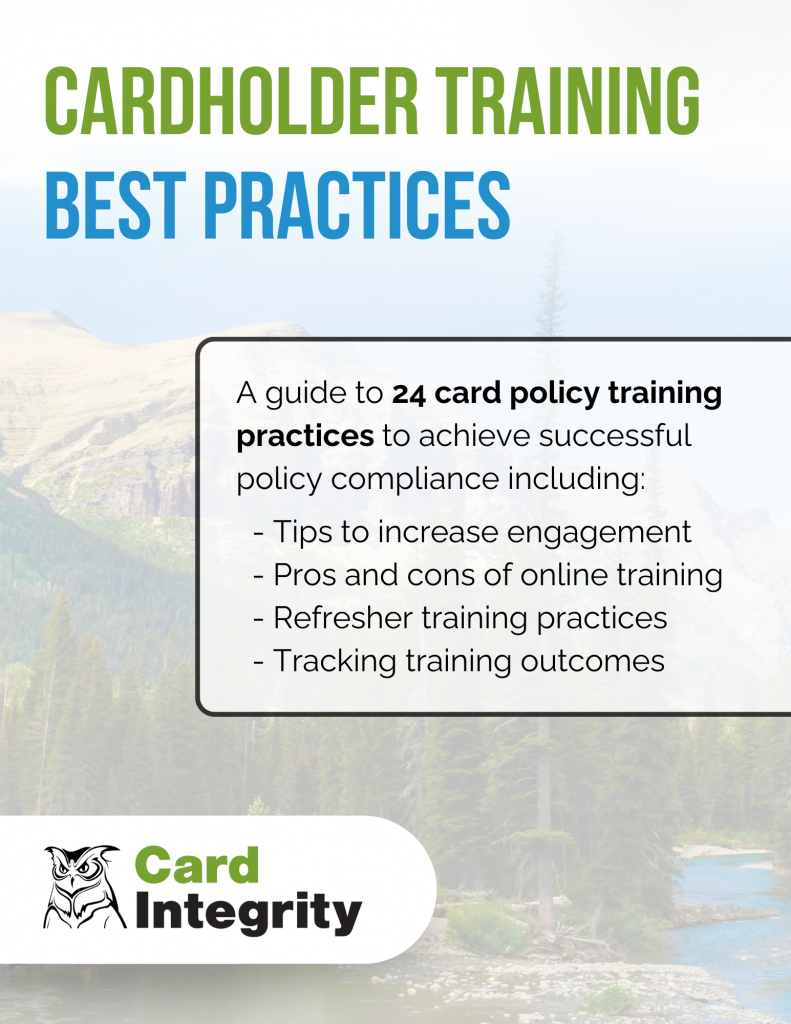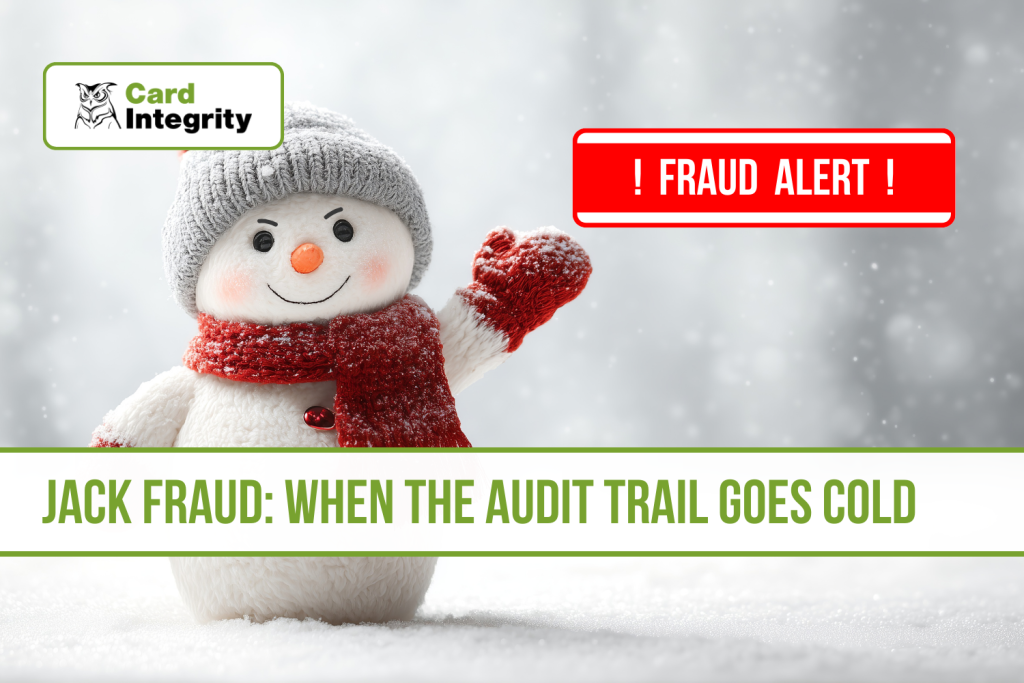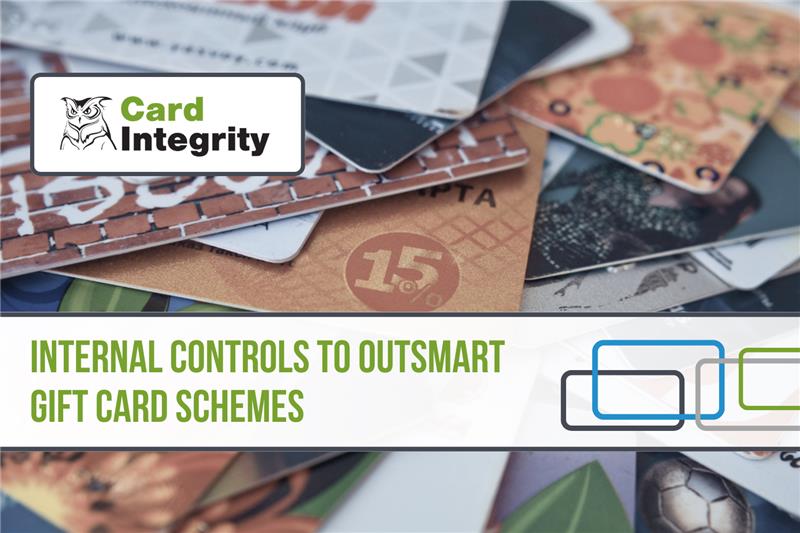When it comes to the use of purchasing cards, there’s the incorrect, there’s the inappropriate—and then there’s the insane. Uncle Ben’s famous quote “with great power comes great responsibility” applies to more than just fighting the Green Goblin, after all. By issuing your cardholders a P-Card, you’re trusting them not to abuse it. Importantly though, perhaps more importantly, you’re also trusting your organization’s internal controls. The majority of cardholders follow the rules, but there are always those who don’t: it’s necessary to have a backup plan when imperfect human beings are tempted to be imperfect.
The ACFE (Association of Certified Fraud Examiners) comes out with a yearly Report to the Nations that always includes some interesting findings. In their 2024 Report to the Nations, they reported the following statistics (among many other interesting finds) regarding fraud and prohibited purchases:
- Median loss per fraud case: $145,000
- Average loss per case: $1.7 million
- 84% of fraudsters displayed at least one behavioral red flag
So, we know fraud happens, but the specifics of the fraud can be surprising. It ranges from common non-compliance (such as buying from Lowe’s when your organization has a contract with Home Depot: a violation of policy known as maverick spend) to full-on fraud where the intention is to embezzle the employer. If you think you’ve heard and seen it, check out these very real purchases and expenses by P-Card holders!
Travel and entertainment — an easy target for abuse
You might think that travel and entertainment expenses would have its share of abuse, as travel and entertainment expenses are often what P-Cards are designed to purchase — and you’d be right. The following examples show a variety of improper T&E purchases made with P-Cards:
- Hotel room stay for a spouse
- Hotel room stay after business had concluded
- Online entertainment
- Bills for personal cell phone service and the replacement of a personal cell phone
And a little more out of the usual for P-Card usage:
- Repairing tires on a personal trailer pulling personal items while traveling for a business trip
Some crazier examples of improper P-Card usage
However, you will also find that many examples of P-Card misuse go beyond T&E expenses into the land of private, personal shopping. It’s amazing that anyone would ever think they could get away with the following purchases and not be caught. And yet, according to statistics, many of them aren’t. Here are some that were caught with strong internal controls:
- Catering for a wedding reception
- Diamond ring
- Clothes
- Cigarettes
- 76 hams (yes, as in holiday dinner)
- Tattoos
- Luxury items (designer handbags, perfume, etc.)
- Disney World tickets
- College tuition—for self and for family members
- Gift cards
- Gambling debts
- Car insurance, rental, and repairs
Prevent the wild and wacky with strong internal controls and cardholder training
Some purchases are wild, some are wacky… and they are all real. However, training and monitoring services from Card Integrity can help prevent such unexpected, unacceptable expenditures, and uncover the cardholders responsible for the noncompliant P-Card usage. Card Integrity’s expense monitoring service, DataWISE, aggregates and monitors 100% of your organization’s monthly P-Card data, calling out non-compliant spend, debarred vendors, and other anomalies and red flags. And importantly, it presents these findings in an easy-to-understand, easily presentable report.
Another way to strengthen your internal controls is to train your cardholders on proper usage from the get-go. Where strong internal controls will catch the more sensationalized anomalies such as those mentioned above, a strong cardholder training program will help catch the more innocent slip-ups like split transactions. Importantly, training should be tailored around your specific policy. Card Integrity offers a free eGuide, Cardholder Training Best Practices, that outlines 24 different best practices to increase the efficiency of your card program. You can download it below.
Blog post originally published in 2016. Updated with new research and statistics in April 2024.




